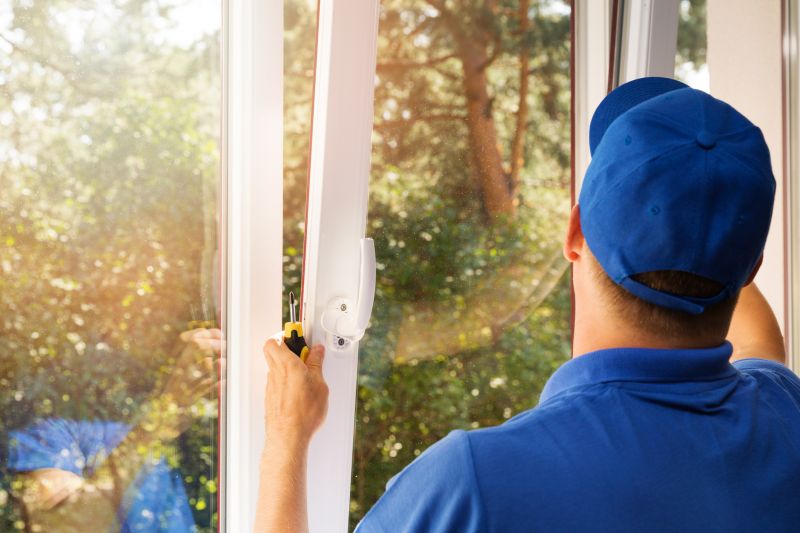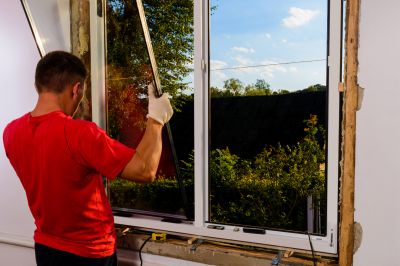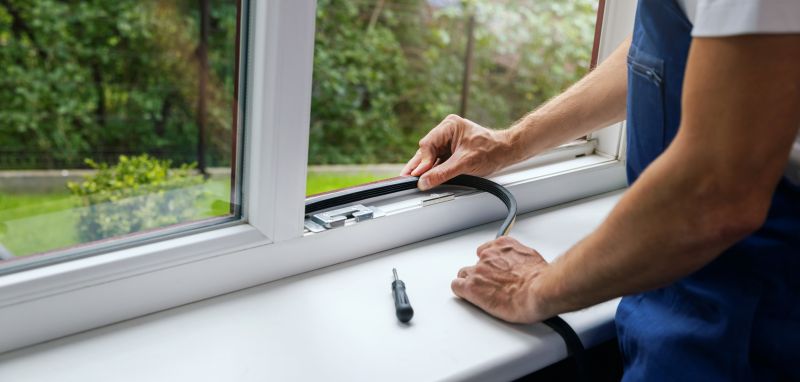Optimal Timing for Windows Installations
Windows installations are a critical step in maintaining optimal computer performance and security. Choosing the right time for installation can minimize disruptions and ensure compatibility with other system updates. Proper timing can also help in reducing downtime and avoiding conflicts with other software updates.
Spring and fall are typically ideal due to moderate temperatures and lower system activity, reducing the risk of interruptions.
Early mornings or late evenings are recommended to avoid peak usage hours, allowing sufficient time for the installation process.
Scheduling installations during planned maintenance windows or weekends can prevent work disruptions and provide ample time for troubleshooting if needed.
Installing Windows updates alongside new installations can improve compatibility and security, but should be timed to avoid overloading the system.

A technician preparing a computer for Windows installation.

Calendar with marked optimal windows for installation.

A person scheduling updates during off-peak hours.

Ways to make Windows Installations work in tight or awkward layouts.

Popular materials for Windows Installations and why they hold up over time.

Simple add-ons that improve Windows Installations without blowing the budget.

High-end options that actually feel worth it for Windows Installations.

Finishes and colors that play nicely with Windows Installations.
Windows installations involve replacing or upgrading the operating system to improve functionality, security, and compatibility. Proper planning ensures minimal downtime and reduces the risk of data loss. The process typically includes backing up data, selecting the appropriate installation time, and ensuring all necessary drivers and updates are prepared beforehand.

A technician backing up important files before starting Windows installation.

A computer screen showing the Windows setup process.

Configuring settings after installing Windows.

Adjusting settings for better Windows performance.

Resolving issues post-installation to ensure system stability.

Little measurements that prevent headaches on Windows Installations day.
| Timing Aspect | Details |
|---|---|
| Season | Spring and fall offer moderate weather and lower system activity. |
| Time of Day | Early mornings or late evenings reduce interference with daily tasks. |
| Weekends | Scheduling during weekends provides extended time for troubleshooting. |
| System Readiness | Ensure backups and updates are prepared before installation. |
| Frequency | Regular updates every few months maintain optimal system performance. |
| Avoiding Peak Hours | Scheduling outside peak hours minimizes disruptions. |
| Compatibility Checks | Timing installations after major updates ensures compatibility. |
| Maintenance Windows | Use planned maintenance periods for large upgrades. |

A notification prompting system updates.

A calendar marked with planned installation dates.

Backing up data before proceeding with Windows installation.

System running smoothly after updates.

A 60-second routine that keeps Windows Installations looking new.

A frequent mistake in Windows Installations and how to dodge it.

Small tweaks to make Windows Installations safer and easier to use.

Lower-waste or water-saving choices for Windows Installations.
Interested in scheduling a Windows installation or upgrade? Filling out the contact form can provide assistance in planning the optimal timing for system updates, ensuring minimal downtime and maximal performance.


